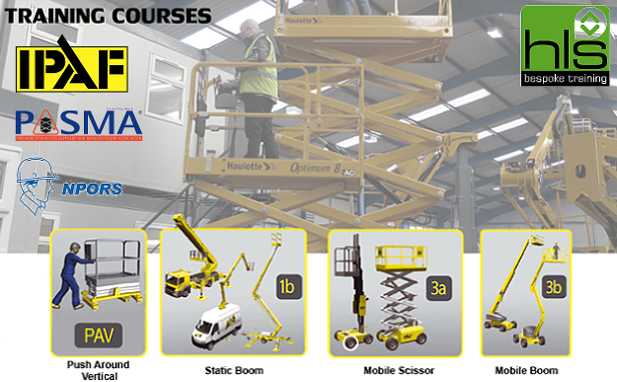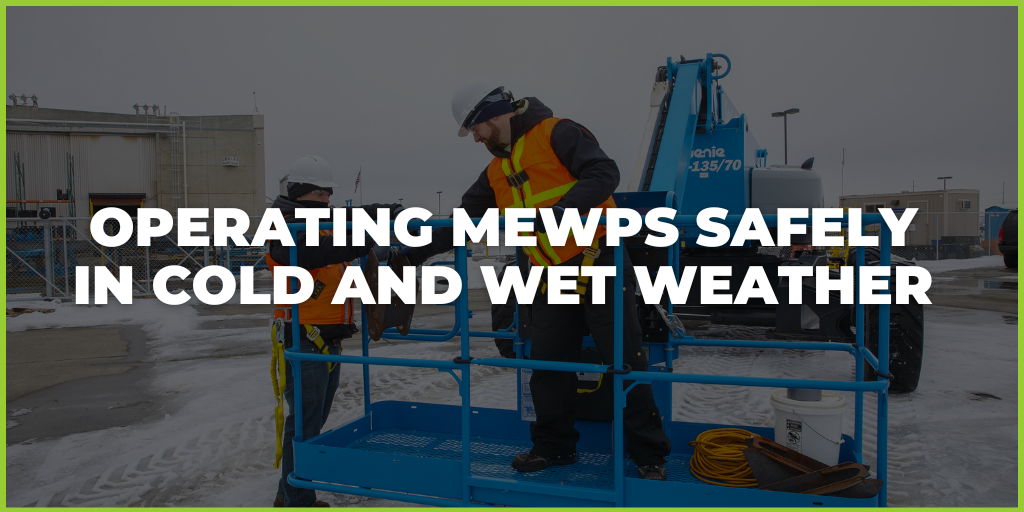“MEWP operators should have attended a recognised operator training course and received a certificate, card or “licence”, listing the categories of MEWP the bearer is trained to operate,” HSE.
Falls from height are the most common cause for workplace accidents and fatalities. According to RIDDOR statistics for 2014/2015p, 36% of all employees’ injuries happened as a result of slips, trips and falls.
Regardless of whether there is low-level risk or the access equipment used is simple to operate, according to the Lifting Operations and Lifting Equipment Regulations 1998 (LOLER), it’s the employer’s or manager’s responsibility to ensure that all working at height is properly planned, supervised and carried out by competent people, and that MEWP operators have gone through adequate training.
Specific courses are not a strict legal requirement as long as the operator has gone through a recognised scheme. Once training has been successfully completed, the operator will be then given a training certificate or card that states the categories of MEWP that they are trained and qualified to operate. The card has an expiration date, which you need to be aware of and keep in mind in order to remain compliant. All MEWP operators are required to have training, regardless of how simple the machine is. The main MEWP operator training categories include:
- Static vertical personnel platforms
- Static boom lifts, self-propelled booms with outriggers, trailers/push-arounds and vehicle mounted platforms
- Mobile scissor lifts and mobile vertical personnel platforms
- Self-propelled mobile boom lifts
- Push around vertical lifts - including very simple push arounds
Following the training course, the operator then needs to go through familiarisation on the controls and operation of the specific make and model of MEWP they are using, as well as receive instruction on the correct fitting and use of harness, lanyard (if applicable), rescue equipment and rescue plan, as well as the procedures for periodic inspection. Familiarisation should include:
- Manufacturer’s instructions and warnings;
- Features of the specific model of MEWP;
- The control functions particular to the specific model of MEWP;
- The function of each safety device;
- The emergency lowering procedures;
- Whether or not harness and lanyard use is recommended;
Depending on the complexity of the work at height that you’re required to do, you might also need a competent person to supervise the MEWP operations on site. The IPAF MEWP for Managers course covers everything from what you need to know about using MEWPs on site, planning each job and completing risk assessments, to selecting the right equipment and mitigating all possible risks.
Ladders and stepladders are heavily misused for work at height. Just like any other piece of access equipment, users need to be competent and knowledgable about how to use ladders properly. While formal training is available, it’s not always required. In the case of low-risk, short duration tasks (less than 30 min) involving ladders, competence requirements may be no more than making sure that users have received instructions on how to use the equipment safely. However, due to the high number of accidents ladder training is recommended in order to ensure safety and avoid any negative legal implications following incidents.




